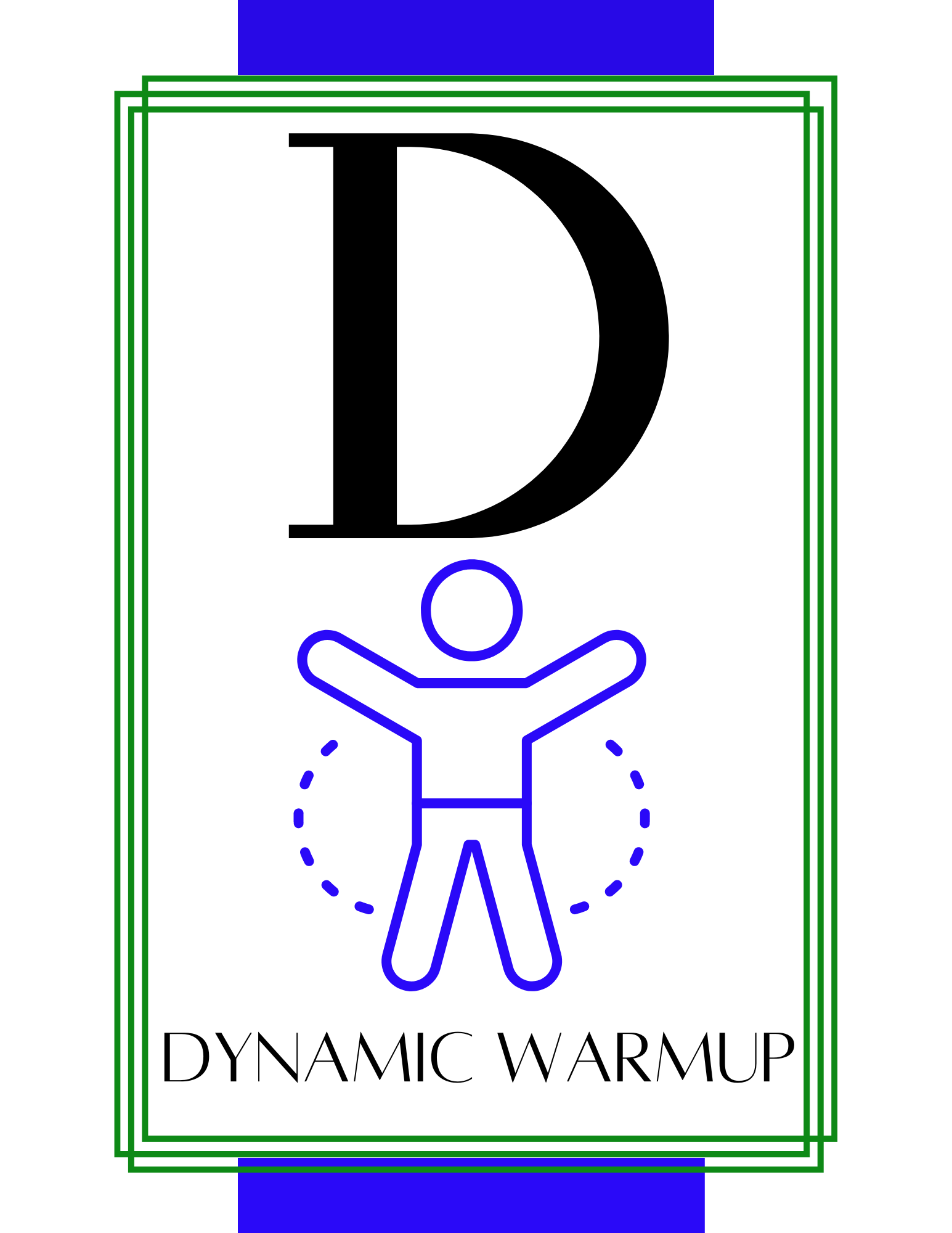Author: Charolotte Eaddy
-
Instrument Assisted Soft Tissue Mobilization (IASTM): Enhancing Mobility and Reducing Pain

Instrument Assisted Soft Tissue Mobilization (IASTM) is a specialized technique used by physical therapists to treat soft-tissue injuries and restrictions. Based on the principles of cross friction massage, IASTM uses specially designed instruments to target specific muscle groups, fascia, and tendons. Here’s everything you need to know about IASTM and how it can benefit you.… Read more
-
The Importance of Your Home Exercise Program (HEP) in Physical Therapy

What is a Home Exercise Program (HEP)? A Home Exercise Program (HEP) is a set of exercises prescribed by your physical therapist during your initial evaluation. These exercises are tailored to your specific needs and designed to help you achieve therapeutic gains. You’ll receive detailed instructions on how to perform each exercise correctly, along with… Read more
-
Understanding the Goniometer: A Key Tool in Physical Therapy

What is a Goniometer? The word “goniometer” comes from the Greek words “gonia” (angle) and “metron” (measure). As the name suggests, a goniometer is a device used to measure the angle of a joint’s range of motion precisely. This essential tool in physical therapy helps assess and track the mobility of various joints in the… Read more
-
Flexibility: The Key to a Pain-Free, Active Lifestyle

Understanding Flexibility Flexibility isn’t just for gymnasts or ballerinas. In the context of physical activity, flexibility is the ability to perform a full range of motion during exercise. It is a crucial component of fitness that enhances movement efficiency and reduces the risk of injury. Why is Flexibility Important? Flexibility plays a vital role in… Read more
-
Understanding and Enhancing Endurance: A Key to Better Health

What is Endurance? Endurance refers to the ability to stay active for prolonged periods. Whether you’re running long distances or maintaining high reps in weight lifting, endurance involves the interplay of the muscular, cardiac, and pulmonary systems. It is a vital component of physical fitness that allows you to perform sustained activities effectively and efficiently.… Read more
-
D is for Dynamic Activity

The Benefits of a Dynamic Warm-Up: Preparing Your Body for Exercise What is a Dynamic Warm-Up? A dynamic warm-up consists of a series of movements designed to prepare your body for exercise or sports activity. Unlike static stretching, which involves holding a stretch for a period of time, a dynamic warm-up focuses on active flexibility… Read more
-
C is for Core

Understanding Your Core: More Than Just Abs Is Your Core the Same as Your Abs? A common misconception is that your core and abs are the same, but this isn’t true. The abdominal muscles, or abs, are located at the front of your body and include the rectus abdominis, transverse abdominis, and internal and external… Read more
-
B is for Biodex

Exploring the Biodex Balance System: Enhancing Your Wellness Journey What is the Biodex Balance System? The Biodex Balance System is a versatile, user-friendly tool designed to help individuals of all ages and abilities improve their balance, increase agility, develop muscle tone, and address a variety of pathologies. Its intuitive touchscreen operation makes it accessible to… Read more
-
A is for Assistive Device
What is the purpose of an assistive device? To maintain and improve an individual’s functioning and independence to facilitate participation and enhance overall well-being.What are some examples of assistive devices? Typically, the first thought of assistive devices when it comes to mind are the equipment used to assist with ambulation and gait such as canes,… Read more
